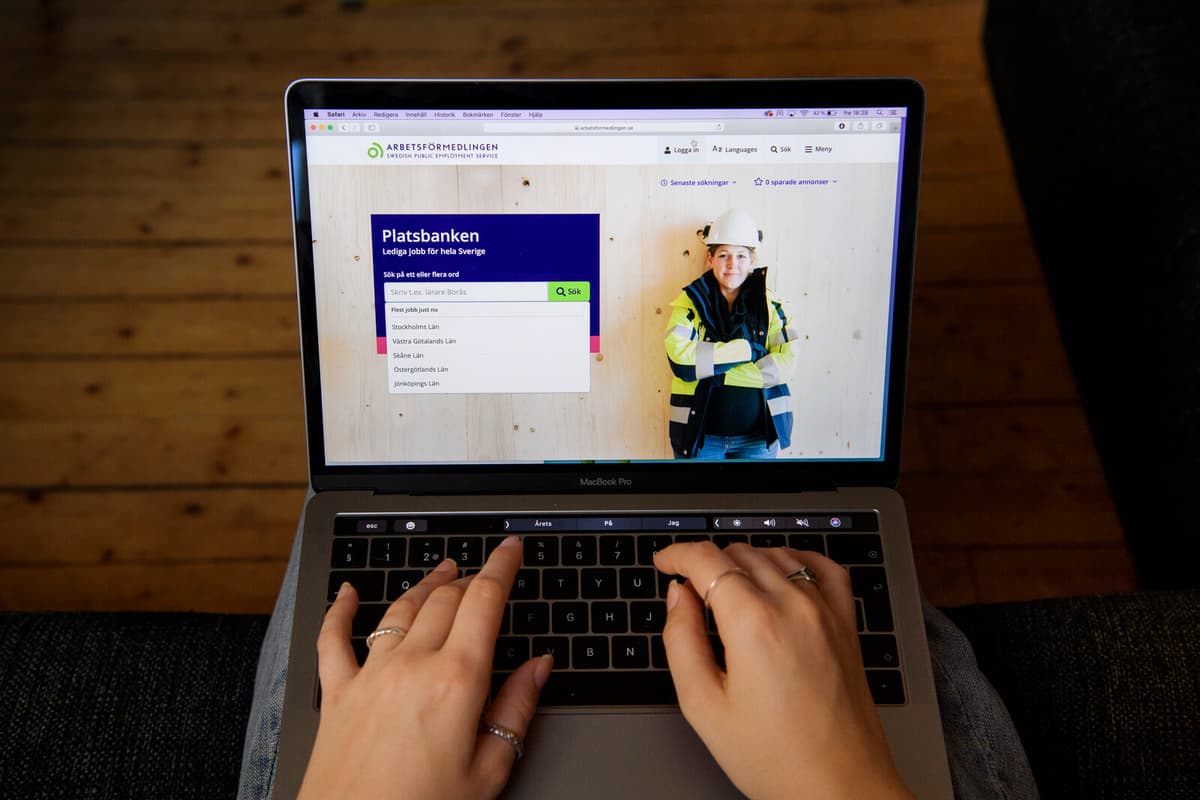Is it now that the labor market is turning around? At least that's what the Employment Agency suggests in its new report on labor market prospects for the coming years.
The rising unemployment of recent years is expected to level out during the first half of 2025, and then gradually decrease until the end of the forecast period in 2026. In pure numbers, this means an average unemployment rate of 6.9 percent for 2025, to fall back to 6.6 percent in 2026.
It's a combination, says Emil Persson, analyst at the Employment Agency, about why unemployment isn't decreasing faster.
Partly it's the composition of who is unemployed, partly consumption hasn't taken off as we and many others believed earlier this fall. We see that the number of job ads hasn't increased yet and the layoff numbers are still high.
Going in the wrong direction
Long-term unemployment is expected to go in the opposite direction and increase even in 2025. The situation is worst for those who have been without a job for two years or more. Here, the Employment Agency is calling for further support and work-near initiatives.
Long-term unemployment is a major challenge. We see that it's important with reinforced support and work-near initiatives such as labor market training. It's also through internships that you can improve your professional experience.
Despite the difficult situation on the labor market, there is still the opposite problem, namely employers who have difficulty finding employees with the right competence.
Has recruitment problems
In the survey conducted by the Employment Agency, a majority of employers, 6 out of 10, state that they have recruitment problems, a challenge that is expected to grow as the economy strengthens.
Today it's low-conjuncture and slightly fewer employers are recruiting. When it turns around, we expect more employers to try to recruit and then it will be even harder for them to find the right competence. During the next boom, this problem may worsen.





